Colorado Patent of the Month – February 2024
Scythe Robotics, Inc., the innovative force behind groundbreaking inventions such as the autonomous commercial mower, introduces a cutting-edge device that revolutionizes vegetative health mapping. This newly patented invention encompasses a device equipped with advanced sensors, machine learning algorithms, and a sophisticated control system.
The device, as claimed in the patent, operates by receiving coordinates defining a bounded region of interest and determining an energy-efficient trajectory to sweep the area. Utilizing sensor data, including near-field radar and other health sensors, the device assesses information about vegetation, such as moisture content, soil density, and even the presence of pests. The device’s control system then accurately locates its position and orchestrates its movement along the trajectory.
One of the key features of Scythe Robotics’ invention is its adaptability. The device can be coupled to various platforms, from ground vehicles to handles for manual operation. This flexibility allows it to seamlessly integrate into diverse environments, making it an invaluable tool for agriculture, landscaping, and environmental monitoring.
The device’s capabilities extend beyond mapping; it actively contributes to vegetative health management. By providing sensor data to a machine learning model, the device can receive indications of vegetative health, associating them with a three-dimensional map of the region. This dynamic mapping system allows for continuous monitoring and precise adjustments based on real-time data.
Scythe Robotics’ invention doesn’t just identify vegetative health; it proposes solutions. The patent outlines a method for detecting degradation in vegetative health, determining treatment options, and applying them autonomously. This includes the targeted application of herbicides, pesticides, fertilizers, or seeds based on the specific needs of each area.
The device can alert users to potential issues by transmitting signals and displaying detailed maps on user devices. The interactive interface enables users to visualize vegetative health indicators and take informed actions, creating a collaborative approach to vegetation management.
Are you developing new technology for an existing application? Did you know your development work could be eligible for the R&D Tax Credit and you can receive up to 14% back on your expenses? Even if your development isn’t successful your work may still qualify for R&D credits (i.e. you don’t need to have a patent to qualify). To find out more, please contact a Swanson Reed R&D Specialist today or check out our free online eligibility test.
Who We Are:
Swanson Reed is one of the U.S.’ largest Specialist R&D tax advisory firms. We manage all facets of the R&D tax credit program, from claim preparation and audit compliance to claim disputes.
Swanson Reed regularly hosts free webinars and provides free IRS CE and CPE credits for CPAs. For more information please visit us at www.swansonreed.com/webinars or contact your usual Swanson Reed representative.
What is the R&D Tax Credit?
The Research & Experimentation Tax Credit (or R&D Tax Credit), is a general business tax credit under Internal Revenue Code section 41 for companies that incur research and development (R&D) costs in the United States. The credits are a tax incentive for performing qualified research in the United States, resulting in a credit to a tax return. For the first three years of R&D claims, 6% of the total qualified research expenses (QRE) form the gross credit. In the 4th year of claims and beyond, a base amount is calculated, and an adjusted expense line is multiplied times 14%. Click here to learn more.
R&D Tax Credit Preparation Services
Swanson Reed is one of the only companies in the United States to exclusively focus on R&D tax credit preparation. Swanson Reed provides state and federal R&D tax credit preparation and audit services to all 50 states.
If you have any questions or need further assistance, please call or email our CEO, Damian Smyth on (800) 986-4725.
Feel free to book a quick teleconference with one of our national R&D tax credit specialists at a time that is convenient for you.
R&D Tax Credit Audit Advisory Services
creditARMOR is a sophisticated R&D tax credit insurance and AI-driven risk management platform. It mitigates audit exposure by covering defense expenses, including CPA, tax attorney, and specialist consultant fees—delivering robust, compliant support for R&D credit claims. Click here for more information about R&D tax credit management and implementation.
Our Fees
Swanson Reed offers R&D tax credit preparation and audit services at our hourly rates of between $195 – $395 per hour. We are also able offer fixed fees and success fees in special circumstances. Learn more at https://www.swansonreed.com/about-us/research-tax-credit-consulting/our-fees/
Choose your state


















